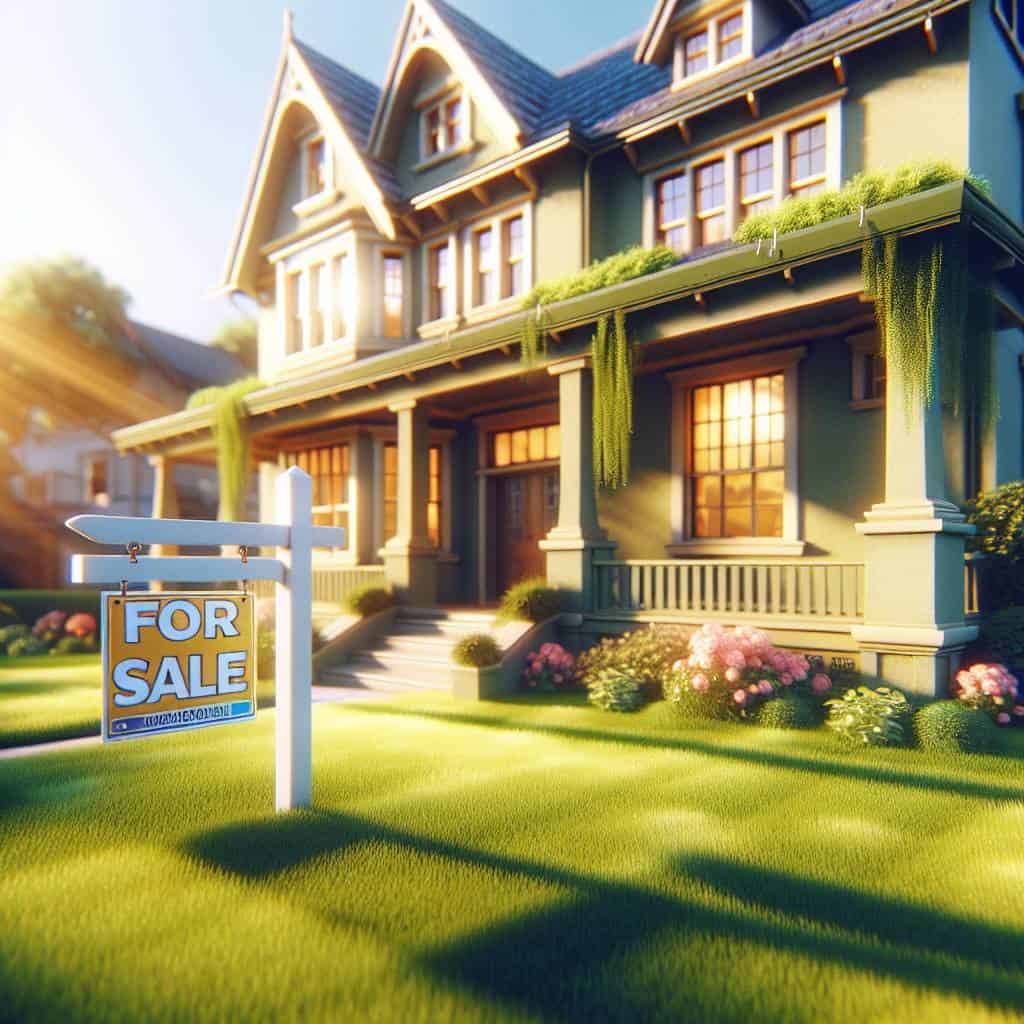I once thought I could price my home based on the emotional value of family dinners and the number of times I avoided stepping on that one creaky floorboard. Spoiler alert: the market doesn’t care about my sentimental attachments or your cat’s favorite sunspot. The harsh reality is, your house’s worth isn’t determined by the warm fuzzies it gives you or the hours you spent choosing the perfect shade of “eggshell” for the living room. It’s a cold, hard numbers game, and your feelings aren’t on the scorecard.

So, where does that leave us? In the urban jungle of real estate pricing, there’s no room for naiveté. I’m here to guide you through the maze of CMAs, market trends, and strategic price points without the fluff or filler. Together, we’ll dissect the art of asking prices and unravel what truly makes a home valuable—and spoiler, it’s not your neighbor’s opinion. Let’s dive into the gritty details that can make or break your pricing strategy, steering clear of the potholes of overvaluation and underappreciation.
Table of Contents
Embarking on the Great Asking Odyssey: A Tale of Pricing Strategy and Missteps
Picture this: you’re setting out on a journey, a grand odyssey if you will, armed with nothing but a Comparative Market Analysis (CMA) and an overinflated sense of what your home is worth. Here’s the brutal truth—your home’s quirky charm isn’t a golden ticket to a high asking price. Not every buyer is going to see past the peeling wallpaper and into your memories of Sunday brunches in the sunlit kitchen. The real adventure begins with understanding that pricing isn’t a matter of sentimentality; it’s a cold, hard strategy game, played on the chessboard of the local housing market.
The real misstep in our tale is the siren call of overpricing. Many have followed it, only to find themselves shipwrecked on the shores of buyer apathy. Just because the neighbor slapped a hefty price tag on their house doesn’t mean you should too. That’s where your CMA comes in, slicing through the fog of wishful thinking, shining a light on what your home is truly worth. It’s not about undercutting yourself; it’s about hitting that sweet spot where buyers feel they’re getting value, and you walk away with a deal that doesn’t leave a bitter aftertaste. Pricing strategy, my friends, is an art—a delicate dance of numbers and expectations. Ignore it, and you’ll find yourself wandering the labyrinth of price reductions and endless open houses. Embrace it, and you’ll chart a course to a successful sale, navigating the complexities of the market with savvy and precision.
The Brutal Truth of Home Pricing
Price your home like a savvy detective, not a hopeful dreamer. The CMA is your hard evidence, not a wish list.
The Final Word on the Art of Pricing
As I stand on the precipice of this pricing expedition, I can’t help but marvel at the labyrinthine dance between perception and reality. Setting a home’s price isn’t just a numbers game; it’s a gritty tango with the market’s whimsical temperament. And yes, dear reader, the comparative market analysis (CMA) is your trusty map through this urban jungle. But even the best maps sometimes fail to capture the city’s pulse, its hidden alleys, and its unexpected turns.
Reflecting on this journey, I realize pricing is as much about human psychology as it is about square footage and neighborhood comps. It’s a negotiation with dreams and desperation, where strategy meets serendipity. Your home, no matter how cherished, is just another player in the market’s ceaseless narrative. Embrace that humbling truth, and you’ll wield your pricing strategy not as a blunt instrument, but as a finely tuned key unlocking the door to your next adventure.


